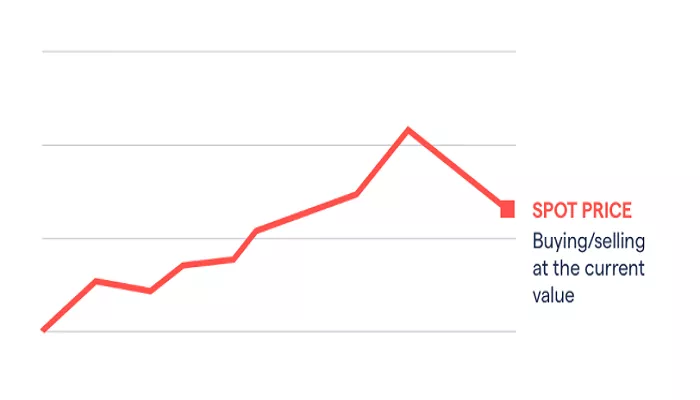Major Banks Cut One-Year Deposit Rates Below 1%, Signaling a New Era for Investors
This week marked a significant milestone in the financial landscape as several major banks lowered their one-year fixed deposit rates below 1%, while demand deposit rates inch closer to zero. In practical terms, the era of “zero interest rates” is no longer a distant concept but an approaching reality. Even fixed deposits, once considered a tool for “wealth preservation and growth,” have now been reduced to mere “capital preservation” vehicles.
The Driving Forces Behind Deposit Rate Cuts
Banks’ decision to slash one-year deposit rates stems from two key factors. First, the May 20 adjustment of the Loan Prime Rate (LPR) saw both the one-year and five-year rates decrease by 10 basis points—the first reduction this year. As lending rates decline, corresponding deposit rate cuts follow logically. Second, the Consumer Price Index (CPI), another benchmark for deposit rates, recorded a 0.1% year-on-year decline in April, with the January-April average similarly down 0.1%. This economic environment theoretically permits interest rates to approach zero.
From an industry perspective, banks currently face an abundance of loanable funds but a scarcity of high-quality lending opportunities. With narrowing interest margins and stagnant income growth, reducing interest expenses becomes imperative. Paradoxically, deposits—once considered core assets—have transformed into financial burdens due to interest payment obligations. Strategically lowering deposit rates now serves as a mechanism for banks to optimize their cost structures.
The Investment Dilemma in a Near-Zero Rate Environment
As one-year deposit rates dip below 1%, investors must recalibrate their return expectations. Historically, bank deposits attracted risk-averse individuals seeking stable returns—hence the phenomenon of “deposit special forces” chasing marginally higher rates. However, sub-1% returns now render traditional savings instruments increasingly irrelevant. With real estate losing its investment appeal, capital markets emerge as the primary alternative for household wealth management.
Traditionally, market participants regarded 20x P/E ratios as a valuation baseline, corresponding to a theoretical 5% deposit rate that justified equity investments. Despite deposit rate reductions in recent years, this valuation threshold remained surprisingly resilient. However, the current plunge below 1% creates unprecedented pressure for yield-seeking capital to migrate toward higher-return assets.
The Bank Stock Phenomenon: A Case Study in Yield Migration
The banking sector exemplifies this capital shift. Years of “better-to-own-bank-shares-than-deposits” sentiment have propelled bank stocks to record highs, driven by their historical 5%+ dividend yields. Even at current levels, the sector maintains approximately 4% dividend payouts—quadruple the new deposit rate benchmark. This explains why institutional investors, including insurance funds and wealth management products, continue accumulating bank shares despite elevated valuations.
This trend underscores a broader market reality: scarce investment alternatives combine fundamental strength, stable growth, and reliable returns in today’s low-rate environment.
Beyond Banking: Identifying Resilient Dividend Plays
While banks dominate high-dividend discussions, other sectors offer comparable stability without the industry’s growth constraints—where current payouts often rely on retained earnings and reserve adjustments. Three sectors merit particular attention:
Utilities and Essential Services
Water, gas, electric, and telecom operators represent defensive plays with consistent 4% dividend yields, benefiting from inelastic demand and regulated returns.
Blue-Chip Consumer Staples
Market-leading FMCG companies demonstrate recession-resistant cash flows, enabling sustained dividend growth through economic cycles.
Low-Valuation Compounders
Companies trading below 20x P/E with progressive dividend policies often deliver both yield and capital appreciation through “filling-the-gap” post-dividend price recovery.
A Four-Filter Framework for Dividend Investing
Investors navigating this landscape should apply these selection criteria:
Industry Leadership: Target sector leaders in stable or growing industries, particularly infrastructure-linked utilities.
Financial Health: Prioritize companies with multi-year revenue/profit growth and strong balance sheets—the foundation of sustainable dividends.
Valuation Discipline: Focus on sub-20x P/E stocks trading near historical lows or in steady uptrends, ensuring margin of safety.
Yield Sustainability: Seek firms maintaining 4%+ yields with formal 30%+ payout ratio commitments—higher ratios suggest earnings quality.
This methodology identifies companies capable of delivering reliable income streams while potentially benefiting from capital appreciation as the great deposit-to-equity rotation accelerates.
The Structural Shift Ahead
The move toward zero rates represents more than a monetary policy adjustment—it signals a fundamental reconfiguration of household asset allocation. As deposit accounts cease functioning as yield instruments, capital markets will absorb trillions in redeployed savings. This transition mirrors Japan’s post-bubble experience, where near-zero rates permanently altered investor behavior and corporate payout policies.
For financial institutions, the challenge lies in developing products that bridge the risk-return gap for migrating depositors. For regulators, maintaining market stability during this liquidity transfer becomes paramount. And for investors, adapting to this new paradigm requires recognizing that in the zero-rate era, yield must be actively constructed rather than passively received.
The weeks ahead will test whether China’s capital markets can efficiently intermediate this historic wealth transfer. One certainty emerges: the age of “set-and-forget” deposit investing has ended, and the era of strategic yield hunting has begun.
Related Topics:


